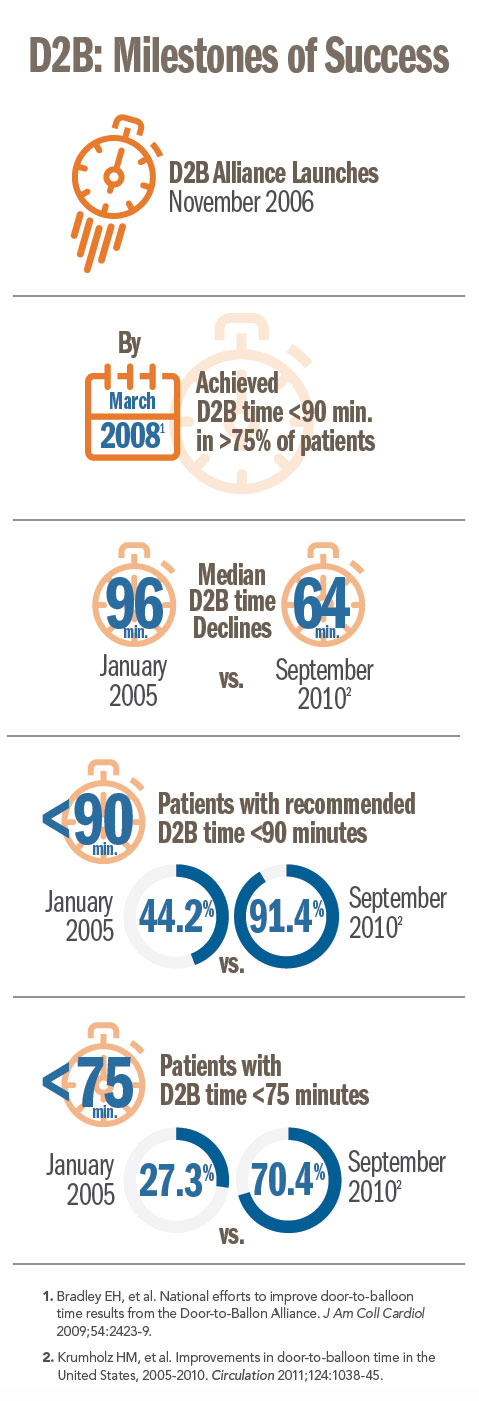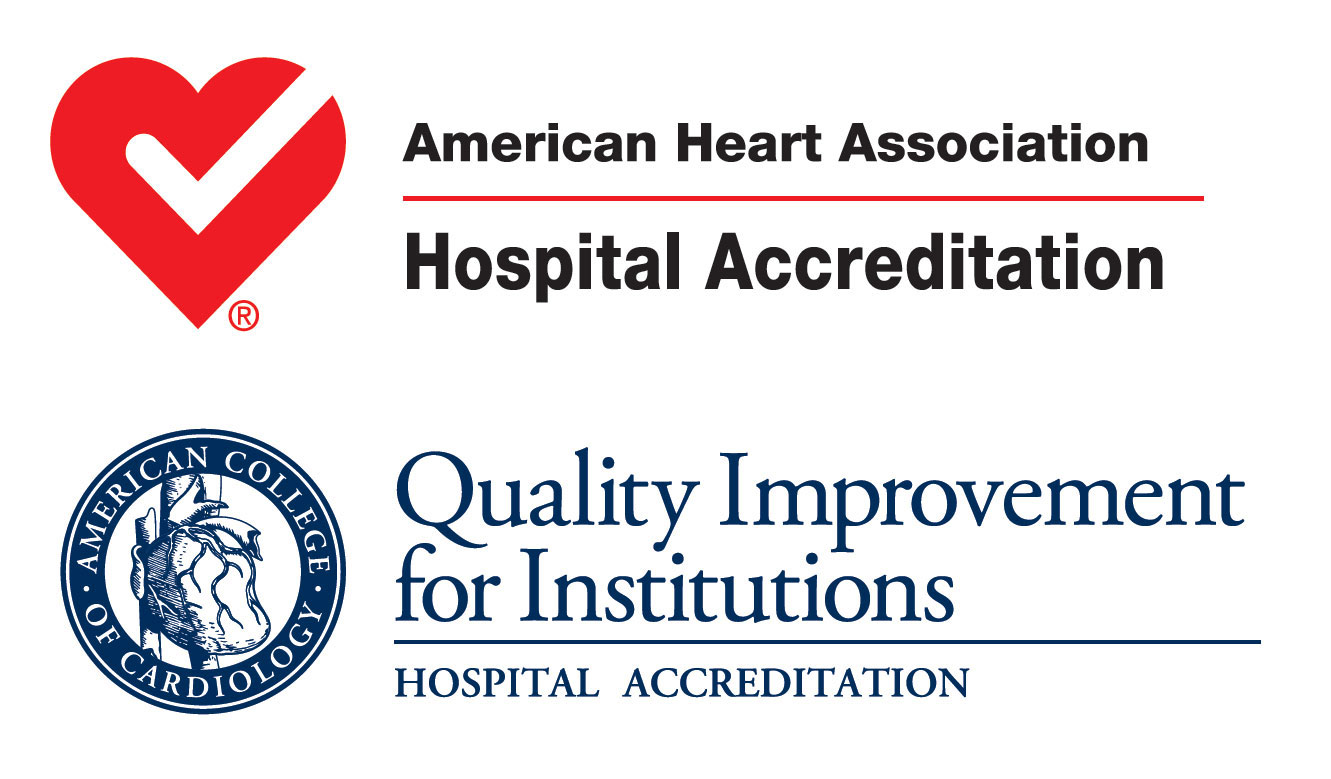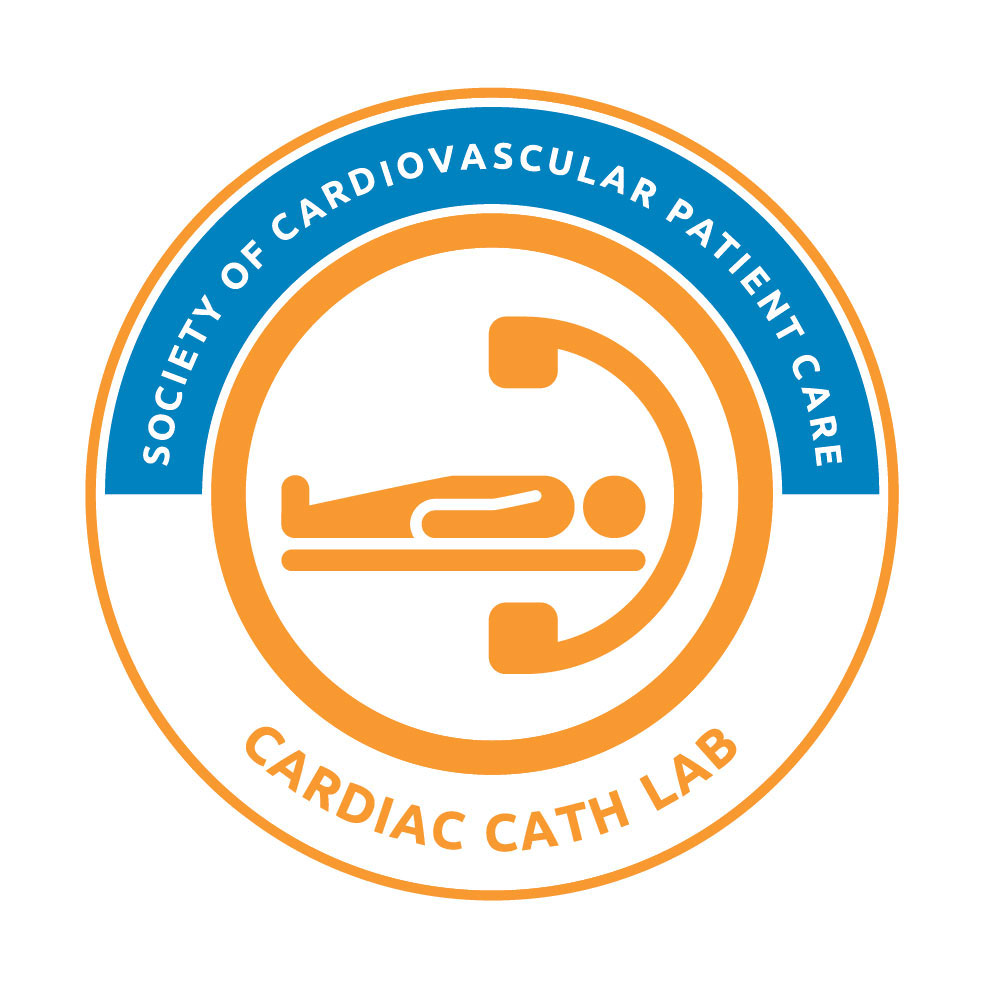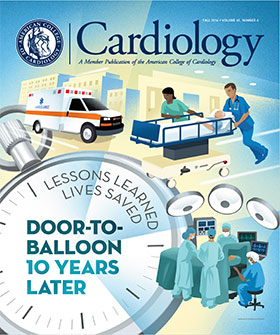Door-to-Balloon 10 Years Later: Successful Model Sets the Stage for the Next Generation of ACC's QI Programs
A patient experiencing an ST-segment elevation myocardial infarction (STEMI) anywhere in the U.S. can now expect to receive lifesaving reperfusion in less than 90 minutes and often less than 60 minutes.
This represents a "transformation in care," says Harlan M. Krumholz, MD, SM, FACC, resulting in large part from ACC’s quality improvement (QI) campaign called the Door-to-Balloon (D2B) Alliance for Quality. Launched in November 2006, the program involved over 1,000 hospitals and changed the proportion of patients with D2B times less than 90 minutes to greater than 75 percent in participating hospitals by 2008, with even greater improvements thereafter.1 From 2005 to 2010, the median time to percutaneous coronary intervention (PCI) was reduced by 30 percent, from 94 to 64 minutes.2 And there is evidence that these improvements have saved lives.3
“In just a decade, an audacious national goal for D2B times was achieved by almost every hospital,” says Krumholz, whereas performance had not changed for years. Also, amongst those with indications for primary PCI, there was an increase in the proportion of patients going to the catheterization laboratory (cath lab). The evidence for the association between lower in-hospital mortality with timely reperfusion had been accumulating since the late 1990s. In 2004, primary PCI within 90 ± 30 minutes was recommended by the ACC/American Heart Association STEMI guidelines,4 and was reduced to 90 minutes in the 2007 STEMI guidelines.5
 The D2B Alliance, the first national QI initiative from ACC’s Quality Improvement for Institutions program, in partnership with 20 other organizations, was built on the success of the Acute Myocardial Infarction-Guidelines Applied in Practice (AMI-GAP) pilot project led by Kim A. Eagle, MD, MACC, which improved the care of patients with heart attacks in the state of Michigan. There was a natural evolution in the concept that clinical care and guideline adherence could be improved through such programs.
The D2B Alliance, the first national QI initiative from ACC’s Quality Improvement for Institutions program, in partnership with 20 other organizations, was built on the success of the Acute Myocardial Infarction-Guidelines Applied in Practice (AMI-GAP) pilot project led by Kim A. Eagle, MD, MACC, which improved the care of patients with heart attacks in the state of Michigan. There was a natural evolution in the concept that clinical care and guideline adherence could be improved through such programs.
“The D2B program hit it out of the park,” says John E. Brush Jr., MD, FACC. The idea was strong and was supported by proven, specific, and actionable steps to address the defined gap in care. It was also the first time the entire cardiovascular community came together and from a provider viewpoint looked at their responsibility to reduce the gap in care and had a very concrete impact on improving clinical practice. Rapid reperfusion became the standard of care, generating an incentive to join, and soon the program was adopted by international ACC chapters too.
Critical to the success of the D2B program was the interdisciplinary team, which, for the first time, extended beyond the walls of the hospital to include emergency medical services (EMS), working together to determine best practices and processes to achieve a specific health care goal. This appealed to their professionalism about doing a good job, and although many had to work harder and faster, there was no financial incentive, stressed Krumholz. The pre-hospital electrocardiogram (ECG) by EMS for faster identification of a suspected STEMI and direct transfer of the patient to the cath lab at hospital arrival also was critical.
The Recipe For Success
Simple, evidence-based strategies for improving the process of care along with the evidence for the benefit of early reperfusion drove the creation of the D2B Alliance and sparked the imagination and embrace of the ACC membership to directly impact outcomes.
Qualitative and quantitative research conducted by Krumholz, Elizabeth Bradley, and numerous colleagues as part of a National Institutes of Health grant explored delays in STEMI care and identified strategies used by exemplary performers to achieve guideline-recommended reperfusion times.6,7 Fortuitously, Krumholz shared these data with an ACC committee considering a national quality campaign, says Brush, who was chair of the committee, which then quickly gained the support of the Executive Committee and Board of Governors.
Another ingredient in the success of the program was the ability to turn the issue of timely reperfusion into an engineering problem where tasks could be turned into minutes saved. A Gantt chart from research on the effective strategies depicted the improvement that had been quantified for each task. These numbers could be used to tell stories and show change, and made it easy for the ACC membership to adopt the program and employ the toolkit created to support each of the six strategies for process improvement.
The program was embraced by ACC chapters, and chapter governors recruited hospitals, identified physician champions within the hospitals, and provided a forum for teaching and sharing best practices.
Many of the strengths of the ACC were displayed in the success of the D2B program. Among these are the capacity to bring the right people to the table, articulating a clear and strong message for the program, and efficiently and effectively disseminating information, shares Eva Kline-Rogers, NP, involved with both the D2B Alliance and the AMI-GAP program. The interdisciplinary group included physicians (emergency medicine, cardiologists and interventional cardiologists), and non-physicians (nurses, physician assistants, emergency department and cath lab staff, STEMI alert activators, pharmacists and support staff).
The Time For Reflection
At the 10th anniversary of the D2B Alliance, it is clear the program has brought respect to implementation science, says Krumholz. Knowing what to do is not enough, we need to know how to do it to ensure consistent and optimal outcomes. Respect also has been garnered for the value of performance measurement, feedback and benchmarking for continuous improvement. The robust measurement framework provided by the NCDR and the standardized data dictionary were instrumental in this regard, says Frederick Masoudi, MD, MSPH, FACC, chief science officer and chair of the NCDR Management Board.
This is also a triumph of the team in medicine, according to Krumholz, noting that the team created within the ACC to develop and manage the program reflected the values the College was promoting in bringing the interdisciplinary team to the table: success comes from teamwork. The need for the embrace by the team of joint accountability and the entire team owning the performance, not an individual, was an important lesson. Just like a pit crew for a race car, everyone played a crucial role and the team members learned that to be their best individually they had to teach and create the best system.
The removal of silos was crucial to this joint accountability. The commitment of the ACC to the interdisciplinary team was also demonstrated through the program, which happened to coincide with the expansion of its membership categories beyond physicians.
The D2B Alliance was the pivotal launching point that changed the landscape for the next generation of ACC QI programs, which are more integrated with the NCDR, says Masoudi, and driven by the NCDR for a demonstrated need and evaluation of progress. Much was learned from the model of the D2B program about responding to an evidence-based issue with evidence-based solutions and capitalizing on the power of ACC membership at the grassroots level.
The lessons learned about the mechanics of running a national QI program and the creation of tools and a network for participants have been applied to three subsequent national ACC QI programs: Hospital to Home, Surviving MI and the Patient Navigator Program. Each has built on the success of the prior program to help members and hospitals improve national metrics measured by the NCDR. Masoudi says that based upon the lessons from these successful programs and insights from NCDR’s CathPCI Registry, the ACC plans to launch a national quality initiative focused on reducing rates of bleeding around the time of PCI.
But there is no time to rest on laurels. The science-driven D2B Alliance has produced a substantial body of evidence not only about outcomes associated with more rapid reperfusion, but also about implementation, and provides a platform for future research into persistent gaps in care and insights arising from the current evidence to understand all the factors, beyond more rapid reperfusion, that influence outcomes in STEMI patients.
Among the areas ripe for future exploration is understanding the factors that contribute to the lack of a reduction in mortality in patients with a longer (greater than two hours) symptom duration and whether this may be related to myocardial ischemia and contractility. Further optimizing the efficiency of EMS and reducing the variability in the capacity to perform a pre-hospital ECG, along with expanding their skill and knowledge, are other worthy areas to pursue, along with reducing door-in door-out times for outpatients and inpatients who experience an STEMI. The ACC encourages the cardiovascular community to renew its focus on these and other areas of discovery to improve outcomes in this arena.
The reward is sweet, well-earned, and experienced by all who worked on this ambitious program: meeting a person expressing gratitude that their life or that of a family or friend was saved. On his way to the College’s Heart House while being interviewed, Krumholz received such a thank you from his taxi driver, whose son arrived in the cath lab just 15 minutes after arriving at the Yale-New Haven Hospital and is now living a productive life. Well done, all!
|
References
- Bradley EH, et al. National efforts to improve door-to-balloon time results from the Door-to-Ballon Alliance. J Am Coll Cardiol 2009;54:2423-9.
- Krumholz HM, et al. Improvements in door-to-balloon time in the United States, 2005-2010. Circulation 2011;124:1038-45.
- Nallamothu BK, et al. Relation between door-to-balloon times and mortality after primary percutaneous coronary intervention over time: a retrospective study. Lancet 2015;385:1114-22.
- Antman EM, et al. ACC/AHA guidelines for the management of patients with ST-elevation myocardial infarction; A report of the American College of Cardiology/American Heart Association Task Force on Practice Guidelines (Committee to Revise the 1999 Guidelines for the Management of patients with acute myocardial infarction). J Am Coll Cardiol 2004;44:E1-E211.
- Antman EM, et al. 2007 focused update of the ACC/AHA 2004 guidelines for the management of patients with ST-elevation myocardial infarction: a report of the American College of Cardiology/American Heart Association Task Force on Practice Guidelines. J Am Coll Cardiol 2008;51:210-47.
- Bradley EH, et al. Achieving door-to-balloon times that meet quality guidelines: how do successful hospitals do it? J Am Coll Cardiol 2005;46:1236-41.
- Bradley EH, et al. Strategies for reducing the door-to-balloon time in acute myocardial infarction. N Engl J Med 2006;355:2308-20.
|
Clinical Topics: Cardiovascular Care Team, Diabetes and Cardiometabolic Disease, Invasive Cardiovascular Angiography and Intervention, Prevention, Sports and Exercise Cardiology, Atherosclerotic Disease (CAD/PAD), Interventions and Coronary Artery Disease, Exercise
Keywords: Cardiology Magazine, ACC Publications, American Heart Association, Animals, Anniversaries and Special Events, Benchmarking, Catheterization, Coronary Artery Disease, Electrocardiography, Emergency Medical Services, Emergency Medicine, Emergency Service, Hospital, Goals, Guideline Adherence, Hospital Mortality, Imagination, Inpatients, Michigan, Motivation, Myocardial Infarction, National Institutes of Health (U.S.), Nuclear Family, Outpatients, Patient Care Planning, Patient Navigation, Percutaneous Coronary Intervention, Pharmacists, Physician Assistants, Pilot Projects, Ethics, Professional, Quality Improvement, Registries, Reward, Running, Social Responsibility, Standard of Care, United States
< Back to Listings


 The ACC and the American Heart Association (AHA) have announced plans to collaborate on hospital cardiovascular accreditation services beginning in January 2017. Under this collaboration, hospitals will be able to take advantage of a suite of co-branded accreditation services focused on all aspects of cardiac care, including chest pain, cardiac catheterization, atrial fibrillation, heart failure and other cardiovascular conditions. In addition to offering disease-specific accreditations, a multi-faceted cardiac accreditation program will be developed by this collaborative to enable hospitals and health systems to achieve the highest standard of cardiac care for all patients. By joining forces, the ACC and AHA aim to identify and recognize high performing and complex cardiovascular service lines across the nation and provide unbiased, actionable and achievable benchmarks for all hospital and clinical leaders to use as they work to raise their own standards of clinical performance. Learn more at
The ACC and the American Heart Association (AHA) have announced plans to collaborate on hospital cardiovascular accreditation services beginning in January 2017. Under this collaboration, hospitals will be able to take advantage of a suite of co-branded accreditation services focused on all aspects of cardiac care, including chest pain, cardiac catheterization, atrial fibrillation, heart failure and other cardiovascular conditions. In addition to offering disease-specific accreditations, a multi-faceted cardiac accreditation program will be developed by this collaborative to enable hospitals and health systems to achieve the highest standard of cardiac care for all patients. By joining forces, the ACC and AHA aim to identify and recognize high performing and complex cardiovascular service lines across the nation and provide unbiased, actionable and achievable benchmarks for all hospital and clinical leaders to use as they work to raise their own standards of clinical performance. Learn more at 
 The Centers for Medicare and Medicaid Services (CMS) has identified the LAAO Registry as an approved registry to meet the requirements of the national coverage determination (NCD) for Medicare patients undergoing percutaneous left atrial appendage closure (LAAO). Launched in December 2015, the LAAO Registry is the first national registry capturing data on LAAO procedures to assess real-world procedural outcomes, short and long-term safety, comparative effectiveness and cost effectiveness. Patient-level data are submitted by participating hospitals on a quarterly basis to the NCDR. Physicians and hospitals can use these data to support quality improvement efforts locally and monitor patterns of care. Registry data will be used to help develop clinical guidelines leading to improved patient care, and will provide a better understanding of this population and emerging treatment options. For more information, visit
The Centers for Medicare and Medicaid Services (CMS) has identified the LAAO Registry as an approved registry to meet the requirements of the national coverage determination (NCD) for Medicare patients undergoing percutaneous left atrial appendage closure (LAAO). Launched in December 2015, the LAAO Registry is the first national registry capturing data on LAAO procedures to assess real-world procedural outcomes, short and long-term safety, comparative effectiveness and cost effectiveness. Patient-level data are submitted by participating hospitals on a quarterly basis to the NCDR. Physicians and hospitals can use these data to support quality improvement efforts locally and monitor patterns of care. Registry data will be used to help develop clinical guidelines leading to improved patient care, and will provide a better understanding of this population and emerging treatment options. For more information, visit 